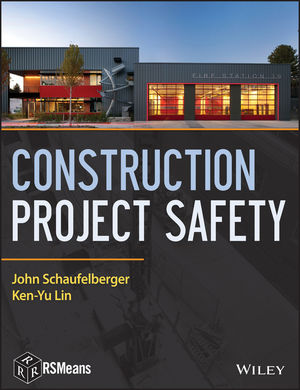Why workplace accidents tend to happen late in a project

We all know some jobs carry a higher risk than others. Often when we start a job, task or activity we are aware and cautious of this risk. As time goes on, many of us become comfortable, with a false sense of security of the dangers associated with the task we’re undertaking.
This is how mistakes and accidents occur. This behavior is described as “normalization” and is also known as habituation. Habituation defined: the diminishing of a physiological or emotional response to a frequently repeated stimulus.
It is why workplace accidents tend to happen later in the project, as noted by Neil Swidey, author of Trapped Under the Sea.
Neil has spent years researching workplace health and safety data. Writing in the Harvard Business Review, he reports that whether it’s a small home-improvement project or a large public infrastructure mega project, trouble typically arises late in the project timeline:
“The more people do something without suffering a bad outcome, the harder it becomes for them to remain aware of the risks associated with that behavior. The most obvious example of this in everyday life is texting while driving. Most of us have been guilty of this risky behavior, even if we don’t want to admit it. And if we’ve never suffered an accident as a result of all of furtive thumbing from behind the wheel, we might have even fooled ourselves into thinking we’re just better at it than most people. We’re not. That’s simply the seductive yet slippery power of normalization at work.”
Neil first noticed this behavior when compiling data for his book on commercial divers.
“Before I spent five years researching my book Trapped Under the Sea, the true story of a team of commercial divers sent on an impossible mission to rescue the multibillion-dollar cleanup of Boston Harbor, I intuitively assumed that the most dangerous time on a job was Day One. After all, that’s when workers are usually getting used to a new setting, new colleagues, and new equipment, and when the learning curve is steepest. However, after marinating in workplace safety data, I came to understand that the opposite is true.”
Moral of the story; don’t fall into the slippery power of normalization/habituation.
Everyone knows someone who has been affected by a workplace accident. So remember, it’s better to be safe than sorry.
Tips to stay vigilant through an entire project with iAuditor:
- Identify hazards, circumstances and conditions to look out for at the start of the project. Having a weeklychecklist meeting could mitigate those risks by keep tracking of them.
- Consider a behavior observation program
- Be realistic about project milestones and completion dates set in place
- Make everyone a safety hero and give them the checklists and tools to self-assess at all stages
- Set up a reward program for employees that identify potential risks
Source: http://blog.safetyculture.io/be-cautious-of-normalization
Looking for a reprint of this article?
From high-res PDFs to custom plaques, order your copy today!






